Feeling lazy after lunchtime? Follow these tips for beating the afternoon energy slump.
Written by Gina Shaw
Medically Reviewed by Louise Chang, MD on December 20, 2007
Does this sound familiar? You're going full steam ahead in the morning, plowing through work assignments or household tasks. You take a quick break for lunch -- or maybe just grab something at your desk -- and plan on getting right back to your routine. Instead, at about 2 p.m. you find your attention wandering and your focus flagging, and all you really want to do is take a nap. How can you get a quick energy boost to keep you going?
First, you should understand where that sudden crash probably came from. "There seems to be a natural rhythm or set clock in our bodies, so many people tend to feel a little sleepy around 2 or 3 in the afternoon," says Lona Sandon, RD, MEd, a spokeswoman for the American Dietetic Association and an assistant professor of nutrition at the University of Texas Southwestern Medical Center.
"There seems to be something natural about this lull. Some cultures have the siesta, and people find that they're more productive and better able to concentrate if they take time off after lunch and come back later."
WebMD's sleep expert, Michael J. Breus, PhD, author of Beauty Sleep, explains that midday sleepiness is like a miniature version of the drowsiness you feel just before bedtime. "It has to do with a dip in your core body temperature," Breus says. "Right before you go to sleep at night, your core temperature begins to drop, which is a signal to the brain to release melatonin. The exact same thing happens on a smaller scale between 2 and 4 in the afternoon. It's a mini-signal to your brain to get sleepy."
But don't blame it all on your body's internal clock -- your body makes you sleepy, but your own eating habits may make you fatigued -- for a double whammy leading to a massive energy crash. "Often, people don't fuel their bodies well enough when they start the day," Sandon tells WebMD.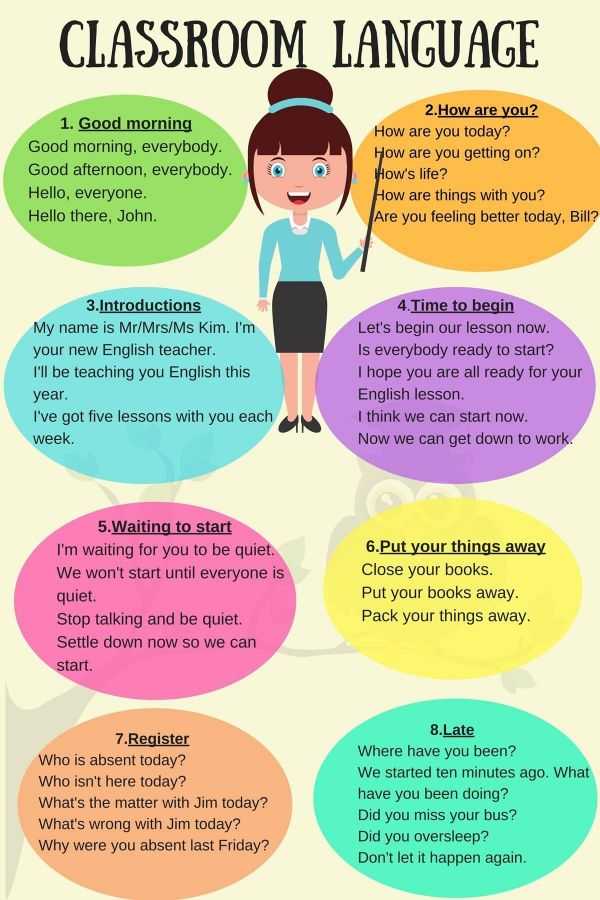
If you're feeling sluggish in the early afternoon, ask yourself these questions:
Your answers may point to the problem. A cup of coffee on the run for breakfast and a candy bar from the vending machine for lunch may give you the quick jolt of sugar and caffeine you need to get started, but not the long-term fuel you need to keep going, Sandon says. "They will only help for a very short time, and it's not enough to keep the body and brain functioning at their peak."
If you want to beat the midafternoon slump, start first thing in the morning with a good-quality breakfast. (We lecture our kids about it, but how often do we take our own advice?) Most women should be eating about 300 to 400 calories for breakfast, and most men, about 500, says Sandon.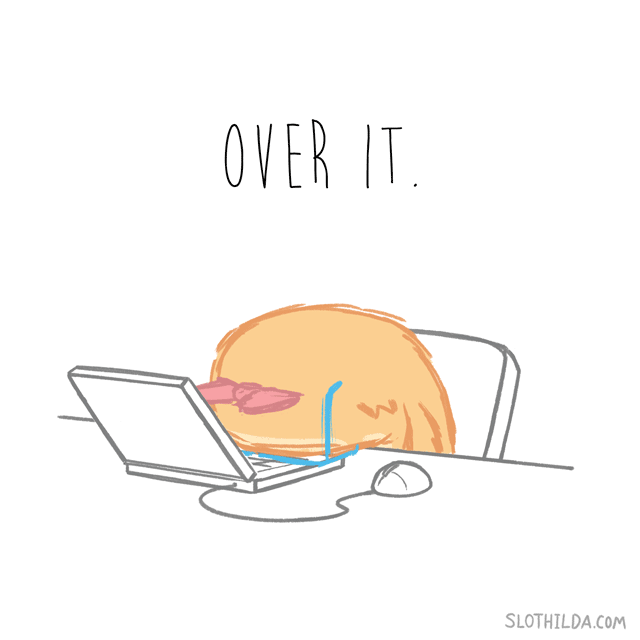 Instead of coffee and half a Danish, try these options:
Instead of coffee and half a Danish, try these options:
"You need carbs to get your day going," says Sandon. "The brain and muscles function best with carbohydrates to fuel them. And we know from other research that adding some protein to the carbs seems to boost concentration levels as well. You feel better, mentally and physically, when you've had a meal that combines carbs and protein."
Sufficiently fueled by breakfast, you might feel like it's OK to skip lunch or "just grab a salad" because you don't have time or are trying to lose weight. "That's a huge mistake people make at lunch -- just having a salad with lettuce and a few vegetables," says Sandon. "They don't have protein with the salad, and then again they find themselves crashing in the midafternoon. "
"
So if you're cruising through the salad bar at lunchtime, top the greens with some diced egg, beans or chickpeas, turkey breast, or cubed chicken to give yourself that protein fix. Or smear some peanut butter on your celery sticks.
And avoid lunches that are heavy in fat; they take longer to digest and sit in your stomach, feeling heavy longer. "That gives you a sense of low energy," Sandon says. "The calories may be there to provide fuel, but the feeling of fullness leads you to feel sluggish."
But what if it's too late to prevent the energy slump? You chugged down a latte for breakfast, ate a skimpy salad for lunch, and now you're drooping over your afternoon reports. What can you do for a quick energy boost? Resist the temptation to hit the vending machines for a Diet Coke and a Snickers. Instead, try Sandon's three-part solution:
 In addition, taking your mind off what you've been focused on and getting a quick change of scenery (yes, even if it's a stairwell instead of a computer screen) can help to re-energize you. If you don't have a staircase handy, try doing some squats and lunges in your office, or keep a jump rope on the back of your door. "You want anything that gets you breathing a little quicker and moving the muscles," Sandon says.
In addition, taking your mind off what you've been focused on and getting a quick change of scenery (yes, even if it's a stairwell instead of a computer screen) can help to re-energize you. If you don't have a staircase handy, try doing some squats and lunges in your office, or keep a jump rope on the back of your door. "You want anything that gets you breathing a little quicker and moving the muscles," Sandon says.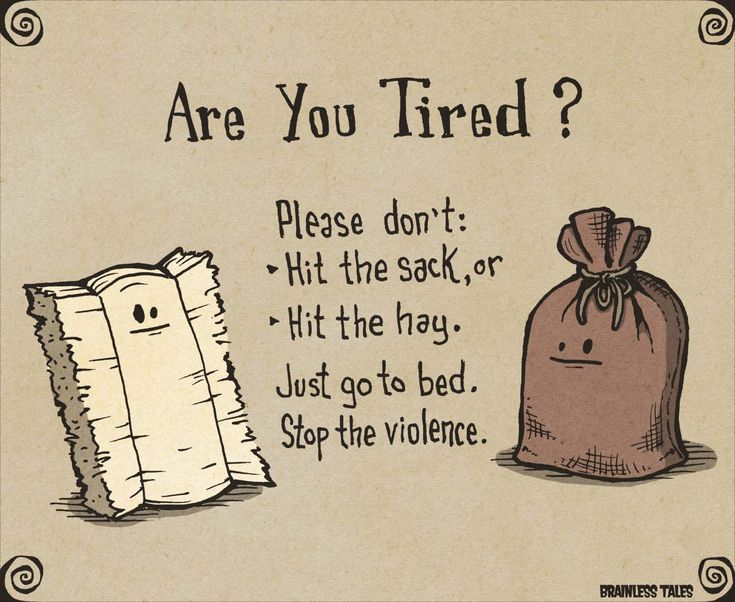
Another option: shed some light on the subject. A study published in 2006 found that brief (about 20 minutes) exposure to a bright white light increased alertness and boosted the brain's responses." Melatonin can't be produced in the presence of bright light," Breus tells WebMD. "If you know you usually feel sleepy around 2:30 or 3 p.m., go out for a walk around 2:15."
What about closing your door and taking a nap? It's tempting. "Catnaps are great -- unless you have insomnia. There's evidence now showing that the last time you were asleep affects how long it takes you to fall asleep at night," says Breus. But if you aren't struggling to sleep at night, a quick catnap can help with that energy crash midafternoon. Just don't sleep too long! The length of the nap will determine how good you feel. About 20 minutes works quite well, but much longer than that and you will wake up feeling terrible."
Most of us have been there: a super productive morning finishing projects, working toward inbox zero, and fighting the urge to tweet at co-workers.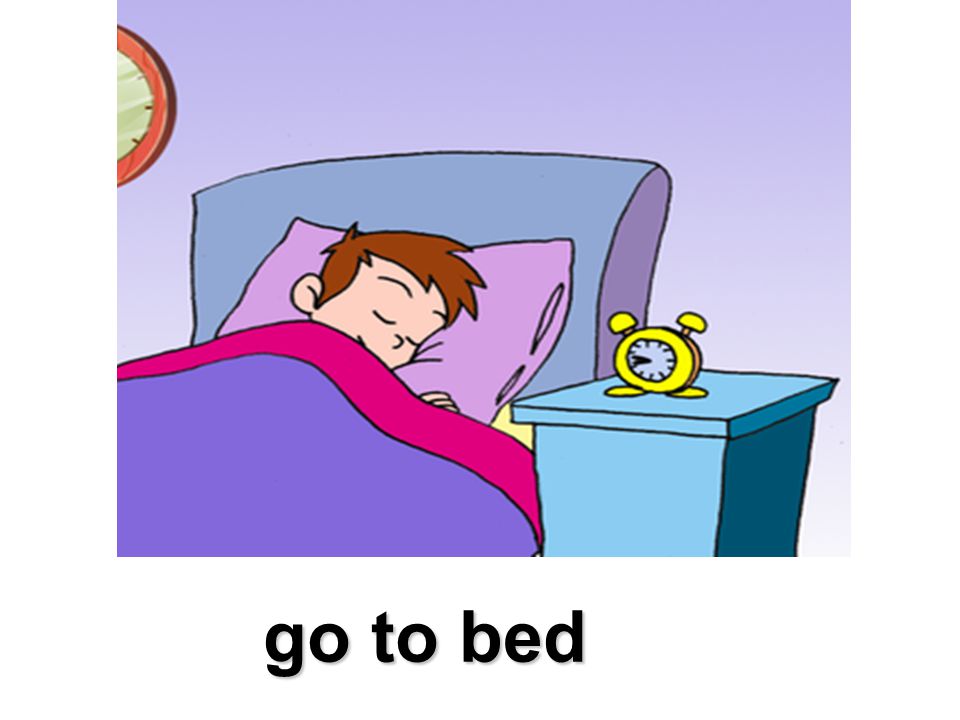 (Just us?) Then the clock strikes 2:00 and you might as well pull down the shades, throw on pajamas, and hop into bed.
(Just us?) Then the clock strikes 2:00 and you might as well pull down the shades, throw on pajamas, and hop into bed.
It’s completely normal to feel super tired once the afternoon rolls around. Circadian rhythms, which affect your sleep patterns, may be to blame for the midday slump.
In fact, your “sleep signals” peak at night and during the afternoon (right around 2 p.m.), which may explain why you want to grab an afternoon catnap.
Other factors, like what you eat, your hydration level, and how much time you spend staring at a screen, can also affect your energy level.
Think it’s time to curl up in your cubicle? Here are some ways to fight that fatigue as soon as it strikes.
A midday trip to the gym may not only wake you up but also boost productivity. According to a 2011 study, getting in a workout during the workday could improve your productivity once you’re back at your desk.von Thiele Schwarz U, et al. (2011). Employee self-rated productivity and objective organizational production levels: Effects of worksite health interventions involving reduced work hours and physical exercise. DOI: 10.1097/JOM.0b013e31822589c2
DOI: 10.1097/JOM.0b013e31822589c2
Do some light aerobic exercise or strength training before getting back to your work pile. Don’t have time to hit the gym? Try these deskercises to work out at work.
Feelin’ stiff? Stretching sends a surge of blood and nutrients through your body, providing a quick energy boost. If there’s no stretching station in sight, try these desk stretches to keep your muscles loose.
Changing your environment can help boost your energy. Try to sit near a window or under a bright white light, which will alert your brain that it’s time to wake up.Lok R, et al. (2018). Light, alertness, and alerting effects of white light: A literature overview. DOI: 10.1177/0748730418796443
Or take a break and get outside — a 2010 study found that spending just 20 minutes in nature could boost people’s feelings of vitality.Ryan RM, et al. (2010). Vitalizing effects of being outdoors and in nature. DOI: 10.1016/j.jenvp.2009.10.009
DOI: 10.1016/j.jenvp.2009.10.009
Take that meeting to the streets and discuss what you would in the office outdoors. Here at Greatist, we love doing laps around the neighborhood for some fresh air!
If you spend most of the workday on your rear, please stand up. Staying on your feet helps you focus, and it might even prolong your life. Get a standing desk and work away!Vallance JK, et al. (2018). Evaluating the evidence on sitting, smoking, and health: Is sitting really the new smoking? DOI: 10.2105/AJPH.2018.304649
Whether breakfast is the most important meal of the day is debatable, but skipping it or making the wrong food choices in the a.m. could leave you fuzzy.Spence C. (2017). Breakfast: The most important meal of the day? DOI: 10.1016/j.ijgfs.2017.01.003
Energy-boosting breakfasts include healthy protein sources like eggs and Greek yogurt, plus slow-burning carbs from whole grain cereals and breads.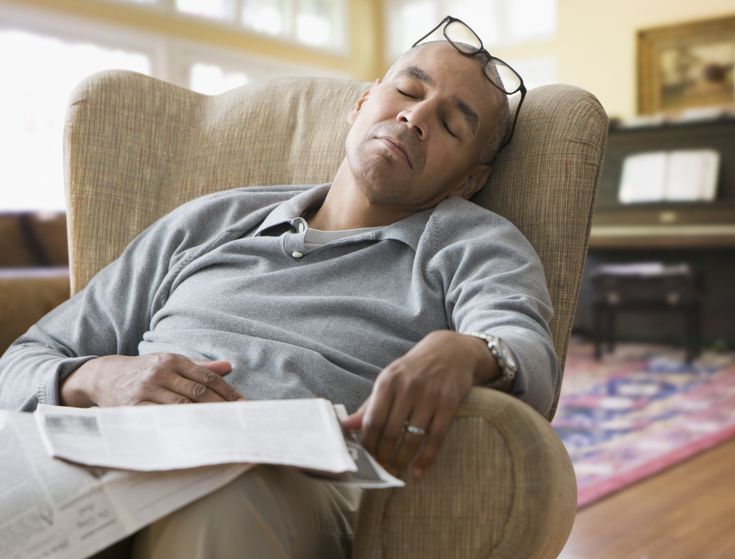
Tight on time? Try these on-the-go breakfast ideas.
Supersizing that sandwich may be the reason for your midday fatigue. Try switching to a smaller (but still satisfying) lunch and include some of these energy-boosting foods.
A little sugar may go a long way — but in the wrong direction. Consuming sweets can provide a quick boost, but it only leads to a sugar crash that leaves you even less alert.Mantantzis K, et al. (2019). Sugar rush or sugar crash? A meta-analysis of carbohydrate effects on mood. DOI: 10.1016/j.neubiorev.2019.03.016
Not mealtime yet? Have a snack to help boost your energy. Try an ounce of cheese, a handful of nuts, or another high-protein snack to stay alert.
To avoid dehydration and its sleepy side effects, just keep sipping. The Institute of Medicine recommends that women drink about 9 cups and men drink about 13 cups of water per day.
Packed with active compounds called phytochemicals, a mug of green tea can perk you up in the afternoon without making it tough to fall asleep that night. Plus, its nutritional benefits are enough to make anyone wide-eyed.Dietz C, et al. (2017). Effect of green tea phytochemicals on mood and cognition. DOI: 10.2174/1381612823666170105151800
Upping your afternoon power stores may be as simple as chewing gum (seriously). According to a 2015 study, gum chewing boosts energy and enhances work performance.Allen AP, et al. (2015). Chewing gum: Cognitive performance, mood, well-being, and associated physiology. DOI: 10.1155/2015/654806 Stick to the sugar-free kind to avoid tooth decay.
Fatigue could be the result of a big ol’ hangover. Avoid drinking alcohol during the workweek or keep consumption to a moderate level — that’s one (for women) or two drinks (for men) per day, according to the CDC.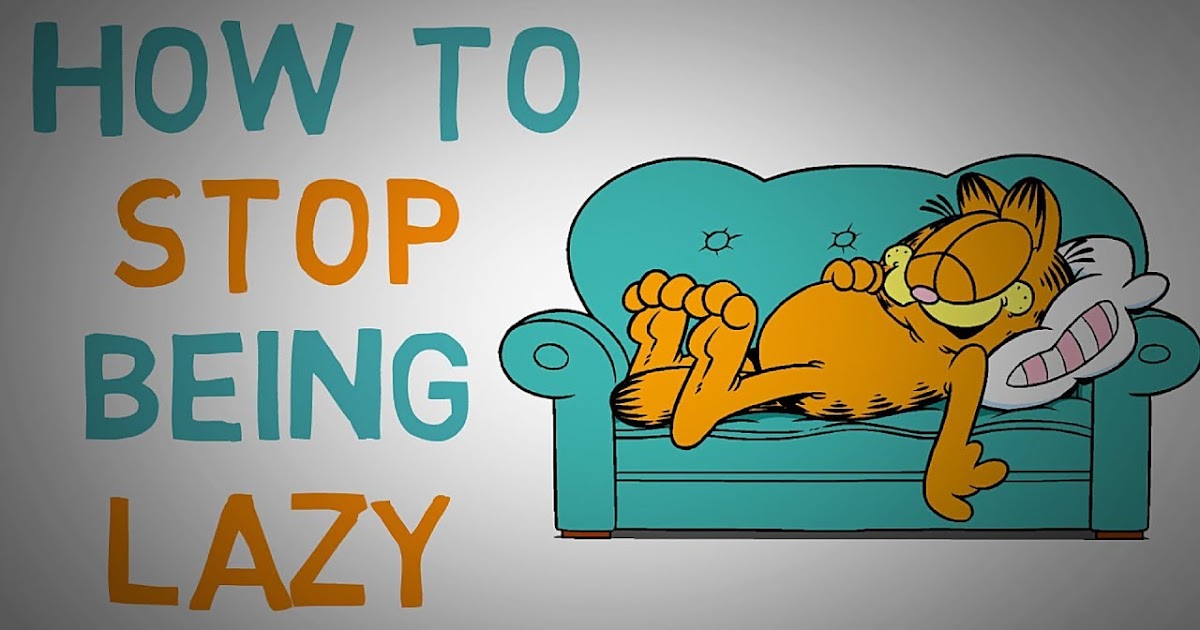
This may be a no-brainer, but getting enough sleep is vital to staying energized throughout the day. Can’t sleep? Here are some solutions to help you drift into dreamland.
Sometimes the best remedy for fatigue is simply to shut your eyes. Learn how to power nap (20 to 30 minutes of snooze time) to get that midday boost you really need.
Tired? Give your body and mind a break by taking five to do something besides work! Use these tips to relax in 5 quick minutes before getting back to the grind.
To avoid eyestrain (which can make your eyes feel tired), keep a safe distance from your computer screen — about an arm’s length. Follow the American Optometric Association’s 20/20/20 rule: Every 20 minutes, take a 20-second break and shift your eyes to something at least 20 feet away.
Need a quick burst of energy? Splash some cold water on your face or stick your head in the freezer for a few seconds. The chill will wake you up for sure.
The chill will wake you up for sure.
Instead of emailing a co-worker down the hall, take a trip to their cubicle and talk in person. Make it a brisk walk to get exercise, stretch your legs, and give your eyes a break from staring at the screen.
Working on the same project for 5 hours? Switch gears to stay stimulated and keep things fresh. Just don’t try to do more than one thing at a time — multitasking may make you about 40 percent less productive.Powell SK. (2016). Mindfulness, multitasking, and you. DOI: 10.1097/NCM.0000000000000141
Feeling like you’re about to doze off? Listening to uplifting music can boost alertness, attention, and memory.Riby LM. (2013). The joys of spring: Changes in mental alertness and brain function. DOI: 10.1027/1618-3169/a000166 Pro tip: Music without lyrics is best for focusing.Shih YN, et al. (2016). Elucidating the relationship between work attention performance and emotions arising from listening to music. DOI: 10.3233/WOR-162408
DOI: 10.3233/WOR-162408
It seems like somewhere between 1 and 3 p.m. our brains go on vacation, leaving the rest of our bodies exhausted and rereading sentences five times without making any progress. If this sounds like you, it’s time to mix it up at work.
Eat high-protein foods and small meals without added sugar. Drink green tea to keep the energy flowing and avoid those pesky coffee jitters. Get outside to stretch your legs, and follow the 20-20-20 rule to give your eyes a break. Don’t forget to turn on some music without lyrics and chew some gum. You should feel perked up in no time.
Finally, maintain solid habits during the workweek to stay on your game, like getting enough sleep at night and easing up on booze during happy hour. A few simple adjustments could help you prevent the midday slump.
And why the desire to always be energetic only spoils everything
It's only lunchtime, and your motivation and desire to do something is already zero.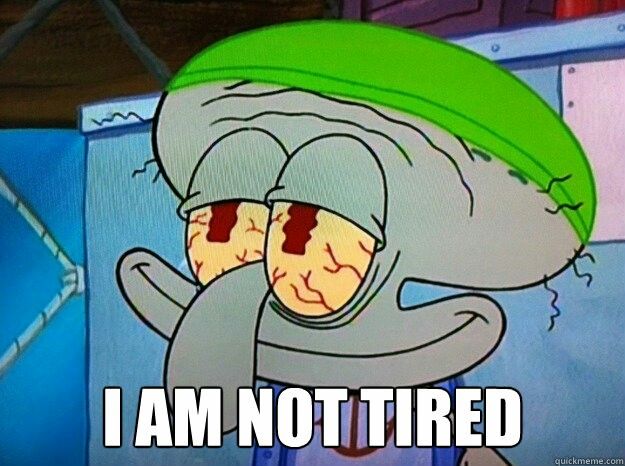 I want to drop things and spend the rest of the day without looking at task lists, chats and mail. In such a situation, it is easy to succumb to self-flagellation, consider yourself lazy and unproductive. And then put the gingerbread on the table and get a whip to kick yourself to the bitter end.
I want to drop things and spend the rest of the day without looking at task lists, chats and mail. In such a situation, it is easy to succumb to self-flagellation, consider yourself lazy and unproductive. And then put the gingerbread on the table and get a whip to kick yourself to the bitter end.
Let's talk about why you don't need to be afraid of fatigue, how the desire to always be at the peak of energy reduces your productivity, and how to still plan your day in order to do the main thing and not feel exhausted.
Productivity gurus have created an image of an always energetic person who rushes through his working day with burning eyes. The desire to live up to this image leads to sad consequences in the form of chronic fatigue and burnout.
The fact is that human activity is subject to cycles. Sleep, digestion, brain function - in any process there is a cyclicity.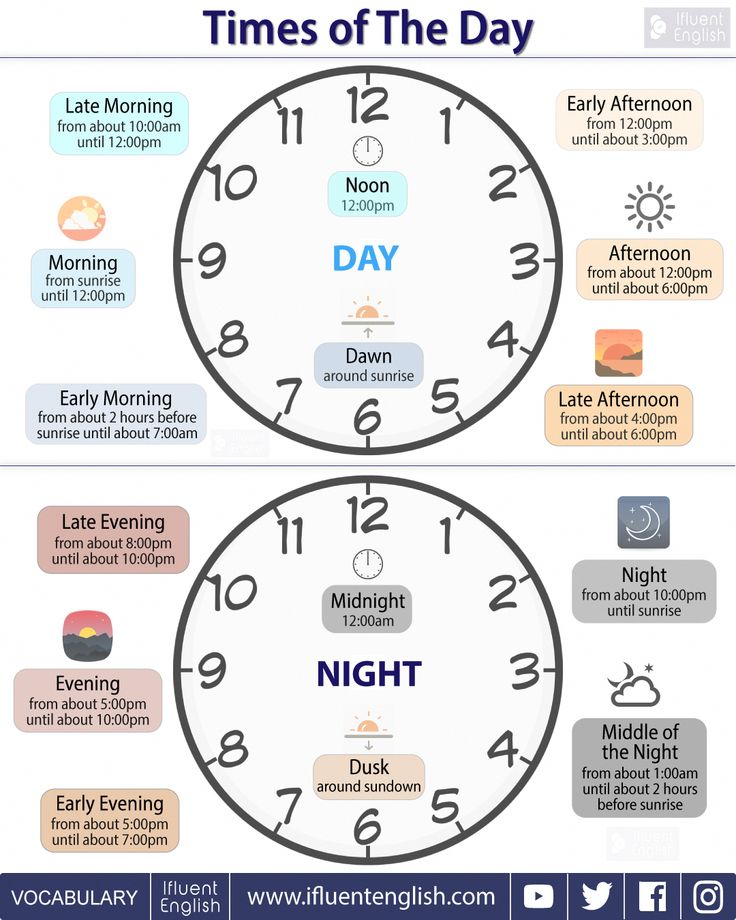 This also applies to work capacity. Periods of increased focus and concentration inevitably give way to recession. Even the most exciting activity is not able to hold our attention for more than a certain time, after which there is a decline in interest.
This also applies to work capacity. Periods of increased focus and concentration inevitably give way to recession. Even the most exciting activity is not able to hold our attention for more than a certain time, after which there is a decline in interest.
It is important to understand that health cycles are a wave and not a straight line . A recession is followed by a rise, if, of course, this decline is allowed to pass correctly. This is where the main problem with the “I want to be an energizer all day” approach begins.
Constantly stimulating and kicking yourself with willpower, coercion, or just an extra cup of coffee, you do not allow this wave to finish its movement and carry you naturally to a new rise. And this, as a result, leads to the fact that by the end (or often already by the middle) of the day, your brain simply turns off, refusing to cooperate on such tyrannical conditions.
What to do
Plan your day taking into account the cyclical nature of work, do not blame yourself for healthy fatigue, set aside time for yourself to “downgrade”.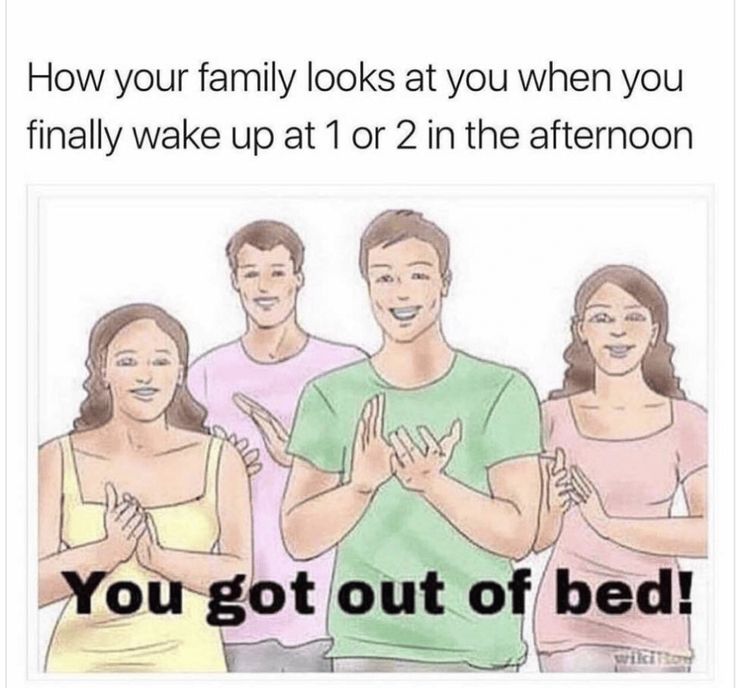 How to do this - now we will tell.
How to do this - now we will tell.
But in your particular case, things may be different. For example, you feel that the brain does not obey at all in the morning, and by lunchtime activity intensifies. It depends on the characteristics of circadian rhythms. Therefore, it is better to monitor your condition for at least a couple of days (and preferably weeks), note the peaks of fatigue, and identify patterns for yourself. Further, taking into account these data, it will be logical to put the most critical and energy-intensive tasks on the rise, and superficial and routine tasks on the decline. If you like flexible scheduling and don't want to tie each task to a strict time period, then you can limit yourself to two to-do lists per day.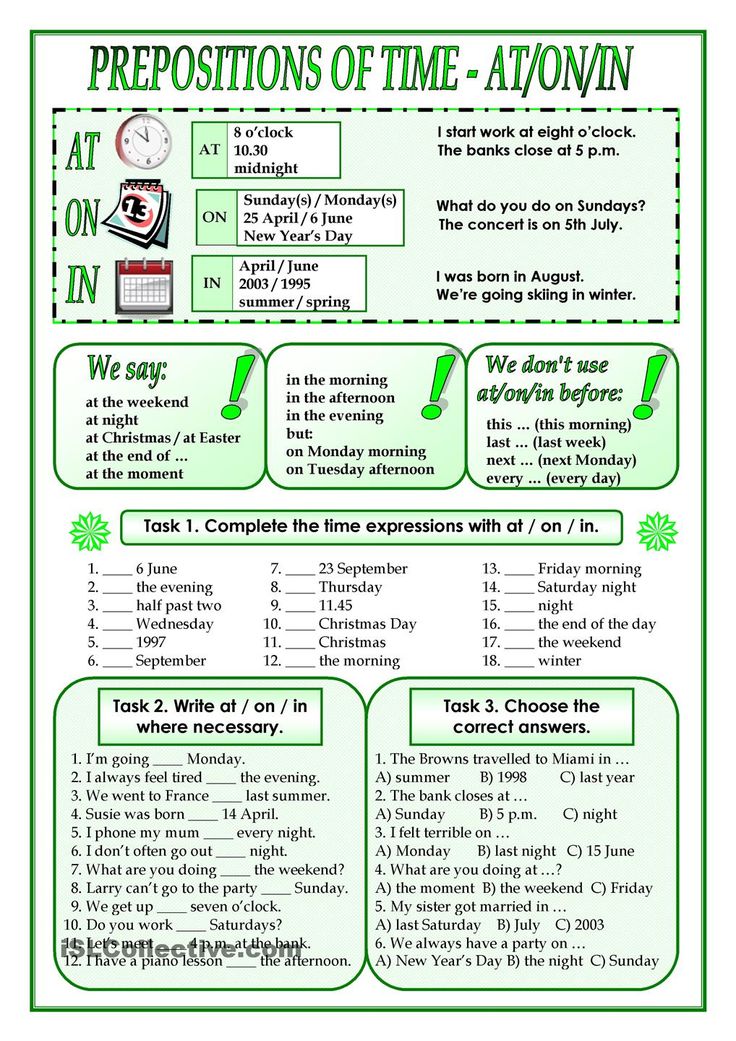
In SingularityApp, tasks can be tagged by activity levels
In the first, list the tasks that require deep focus, in the second, those that you can quite finish even yawning. This way you will always have alternative options for switching between high productivity and dumb modes.
Here we mean the natural force that allows you to move towards your goals for the day, not waste time, resist procrastination and the temptation to be distracted by something entertaining. As a rule, the reserve of will decreases during the day and almost never recovers. Given this factor, you can plan your day by dividing your tasks by the level of "resistance":
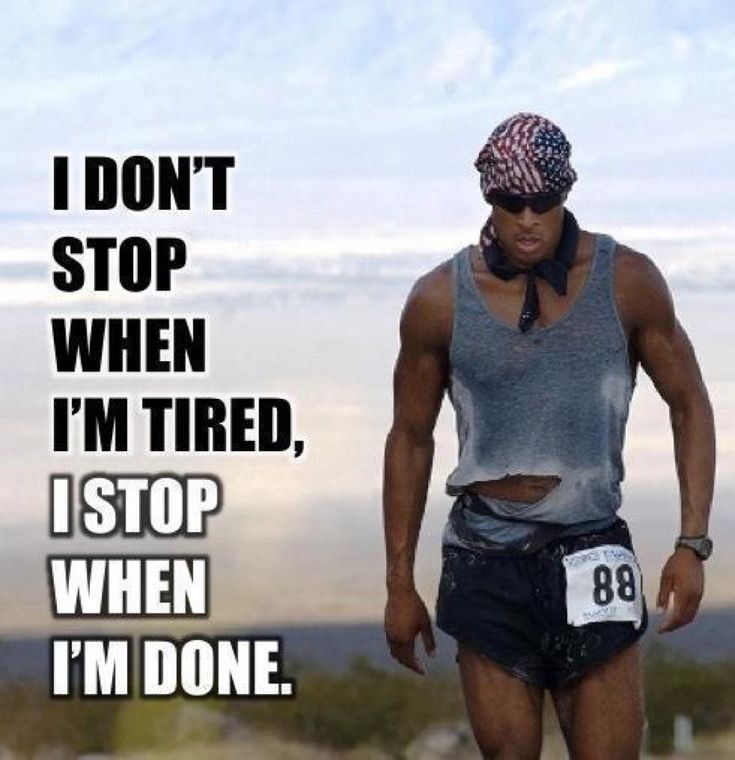
Questions to help determine which category to put the case in:
We have already mentioned that in order to achieve a new upsurge of energy, you must definitely give yourself the opportunity to at least 10-15 minutes to honestly lower yourself without performing even the simplest tasks. It is important here not to force yourself to work and not to overdo it with the desire to "cheer up". Tired - rest. A logical rule, but, unfortunately, not everything that we take for rest really helps to reboot.
If you are engaged in mental work, then the best option for rest is physical activity and “unloading” your head by avoiding new content. The brain does not see the difference between posts on social networks and work reports, perceiving your activity behind the device screen as a non-stop work activity. May be useful:
Gift cards
SingularityApp
Download Application
More interesting articles
The Pomodoro Method - This is it.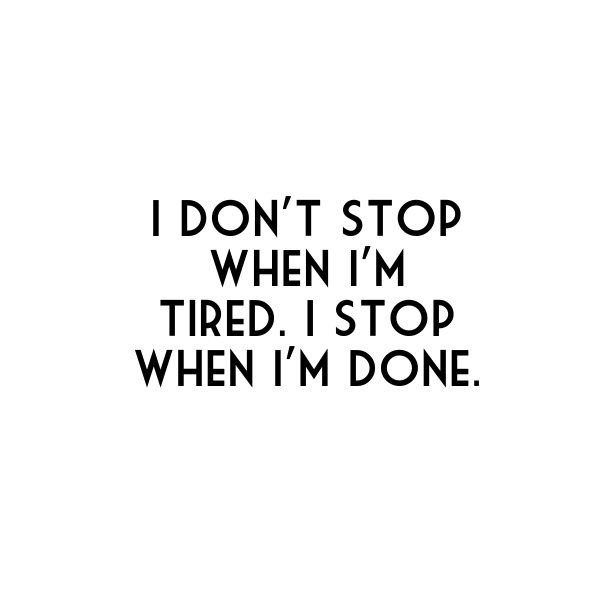 Rise of the tomatoes. Your productivity will never be the same again. Now you are not squeezing all the juice out of a tomato, but it is out of you
Rise of the tomatoes. Your productivity will never be the same again. Now you are not squeezing all the juice out of a tomato, but it is out of you
Setting goals for 2022 Project manager competency map Setting goals for 2022
Bullet journaling in the plannerHow to use the no paper and flower method
Bullet journaling in plannerJuly 14, 2017, 15:30,
when learning to brush his own teeth or lace up his shoes. And in the school of idleness they even declare war. Suffice it to recall that on the flyleaf of the primer there were in bold type proverbs like "Laziness is worse than illness." Modern doctors have something to say to both folk wisdom and those who consider laziness to be the fruit of spoilage, improper upbringing and bad heredity. According to doctors, laziness is a disease, or rather, its symptom.
An obsessive alarm clock, coffee on the run, sitting in front of a computer all day... Go to a foreign language course, sign up for a gym or swimming pool, meet college friends - all these plans are again and again postponed until later .
What is it: banal laziness and lack of willpower? Probably not. Constant lethargy, lack of motivation, irritability and absent-mindedness can be symptoms of chronic fatigue syndrome.
Surprisingly, a disease that causes insurmountable laziness in a person most often affects workaholics.
Read also
Fighting depression: yoga and pet therapy for stress and bad mood
Chronic fatigue syndrome was first described by American doctors in the mid-eighties of the XX century after they examined thousands of patients who complained of constant lethargy , irritability and apathy. It turned out that almost all of them lived in big cities and worked hard.
"From a medical point of view, laziness is a completely natural reaction of our body. If a person constantly works at the limit of his strength, the brain tries to protect itself from a stressful situation. And the unwillingness to do anything can slow down a workaholic," says therapist Elena Tikhomirov.
If a person constantly works at the limit of his strength, the brain tries to protect itself from a stressful situation. And the unwillingness to do anything can slow down a workaholic," says therapist Elena Tikhomirov.
Chronic fatigue syndrome is like a speed limiter in a car. Exceeded the allowed limit - and a signal starts beeping in the cabin, warning that moving faster is life-threatening.
When the "speed" of our life is exceeded, the body produces stress hormones - adrenaline, norepinephrine and cortisol. In extreme situations, these substances help a person quickly navigate and escape from danger: they speed up the pulse, increase blood pressure, and stimulate the brain. That is why a person begins to think faster, becomes more resilient, can withstand cold, hunger, and even blood loss. But for our benefit, these substances work only in situations that really threaten life and health. Usually this is a short period of time, and when the danger is left behind, relaxation sets in.
From a medical point of view, laziness is a completely natural reaction of our body. If a person is constantly working at the limit of his strength, the brain tries to protect itself from a stressful situation. And what can slow down a workaholic is just the unwillingness to do anything
Elena Tikhomirova
Therapist
If there is no relaxation, the constant high level of stress hormones causes hypertension, insomnia, disorders of the heart and stomach, and rapid skin aging. After a few months of living in such a rhythm, the resources of the body are depleted, and the person feels lethargic, overwhelmed, indifferent to everything, that is, lazy. But he has to keep going.
“Sometimes a person pushes himself too hard: “I have to be better than others”, “I have to get more than others”, “to be better than others, you have to try harder,” says psychologist Pavel Volzhenkov, — as a result, a person breaks the balance of work and rest, drives himself to such an extent that he leaves three to four hours to sleep.
Working at this pace is like trying to run a marathon at the speed of a sprinter. Meanwhile, the main rule of long-distance runners is the ability to distribute forces. Therefore, doctors recommend that workaholics reduce their workload by at least twenty percent in order to really achieve success at work and at the same time stay healthy.
Another serious cause of constant fatigue and apathy is chronic sleep deprivation. Workaholics often neglect sleep and either work at night or do things they don’t have time to do during the day: meet friends, go shopping or go to the movies.
But in the evening, the brain starts producing the hormone melatonin, which makes you want to sleep. Melatonin is both our doctor and worker: while we sleep, it restores strength, strengthens the immune system, and slows down the aging of the body.
Read also
How to survive a gloomy summer without emotional losses: advice from psychiatrists and psychologists
It is most active from twelve to three in the morning. With a lack of sleep, the production of melatonin decreases, the biorhythms of the body go astray, which is why we cannot fall asleep, even if we are deadly tired, and in the morning we wake up with difficulty and feel overwhelmed.
With a lack of sleep, the production of melatonin decreases, the biorhythms of the body go astray, which is why we cannot fall asleep, even if we are deadly tired, and in the morning we wake up with difficulty and feel overwhelmed.
“Nature created a person so that his brain would rest at night and work during the day,” says cardiologist and therapist Nizami Guliyev, “during sleep, the brain processes and assimilates the information it has received during the day, as if making room for a new one. If a person does not get enough sleep ", but at the same time it works at the usual intense rhythm, the brain is simply not able to process information quickly. It's like a computer with a small amount of memory that was forced to download a heavy video. It will do it very slowly."
After a night spent on the next project, the body will tend to rest and resist the flow of new information. Working in this state is perceived as a traumatic factor from which one must hide. So, the surging laziness and desire to do anything, if only not work, is quite natural.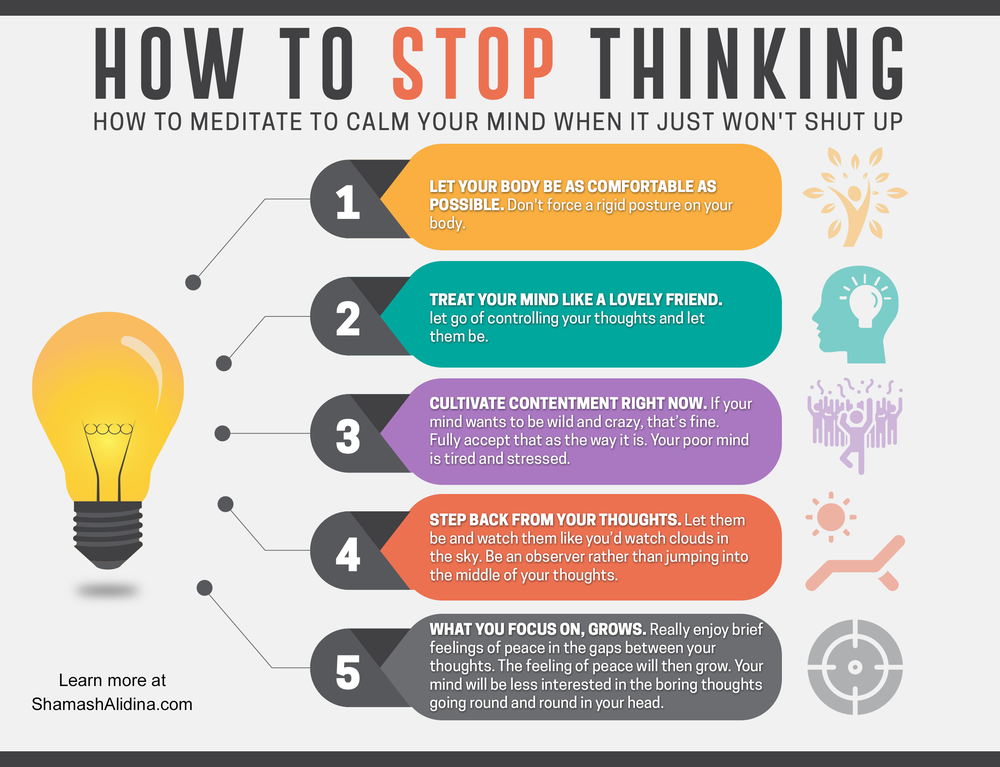
Lack of physical activity can also cause laziness. When we spend the whole day at a sedentary job and our body is essentially inactive, the number of impulses from the muscles to the nervous system decreases, the blood is poorly oxygenated. As a result, the working capacity of the brain decreases, memory and concentration deteriorate. And we feel lethargy, weakness and ... unwillingness to work.
If a person does not get enough sleep, but at the same time works in the usual intensive rhythm, the brain is simply not able to quickly process information. It's like a computer with a small amount of memory, which was forced to download a heavy video. He will do it very slowly. and if this is not possible, get off one stop earlier from home and walk a couple of kilometers on foot. Get a dog and walk it for at least forty minutes in the morning and evening.”Research scientists have shown that regular and moderate physical activity improves short-term memory and concentration by almost thirty percent.
So companies that provide their employees with discounted memberships to fitness clubs actually provide a higher efficiency of their work.
"...similar to an English spleen, in short: Russian melancholy"
But what if a person has no health problems, gets enough sleep, moves enough, does not work too hard, and at the same time strives with all his heart for idleness? It turns out that he is the same lazy person? Not at all. Most likely, such a person is simply not doing his job or is experiencing psychological stress.
Read also
Tea won’t drink itself: what to do so that work doesn’t bring you to depression
this or that action, - explains the psychologist Pavel Volzhenkov, - in fact, a person simply defends himself if he does something that he does not like. For example, if a person goes to work that does not bring him satisfaction. "
Laziness as a result of satiety with life or greenhouse education, according to psychologists, is extremely rare.
